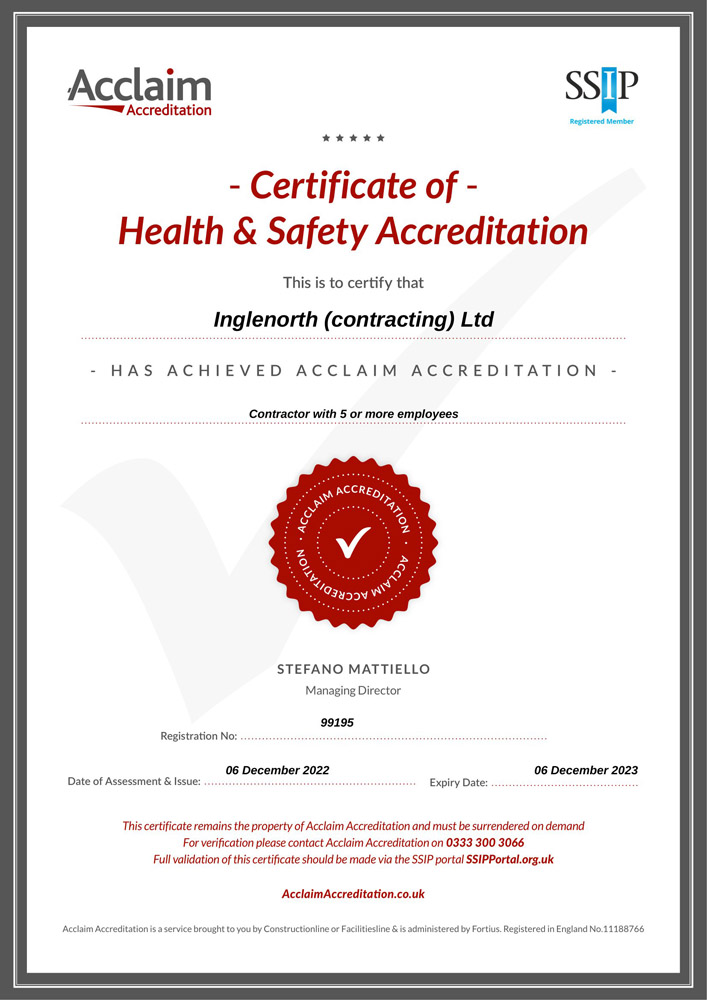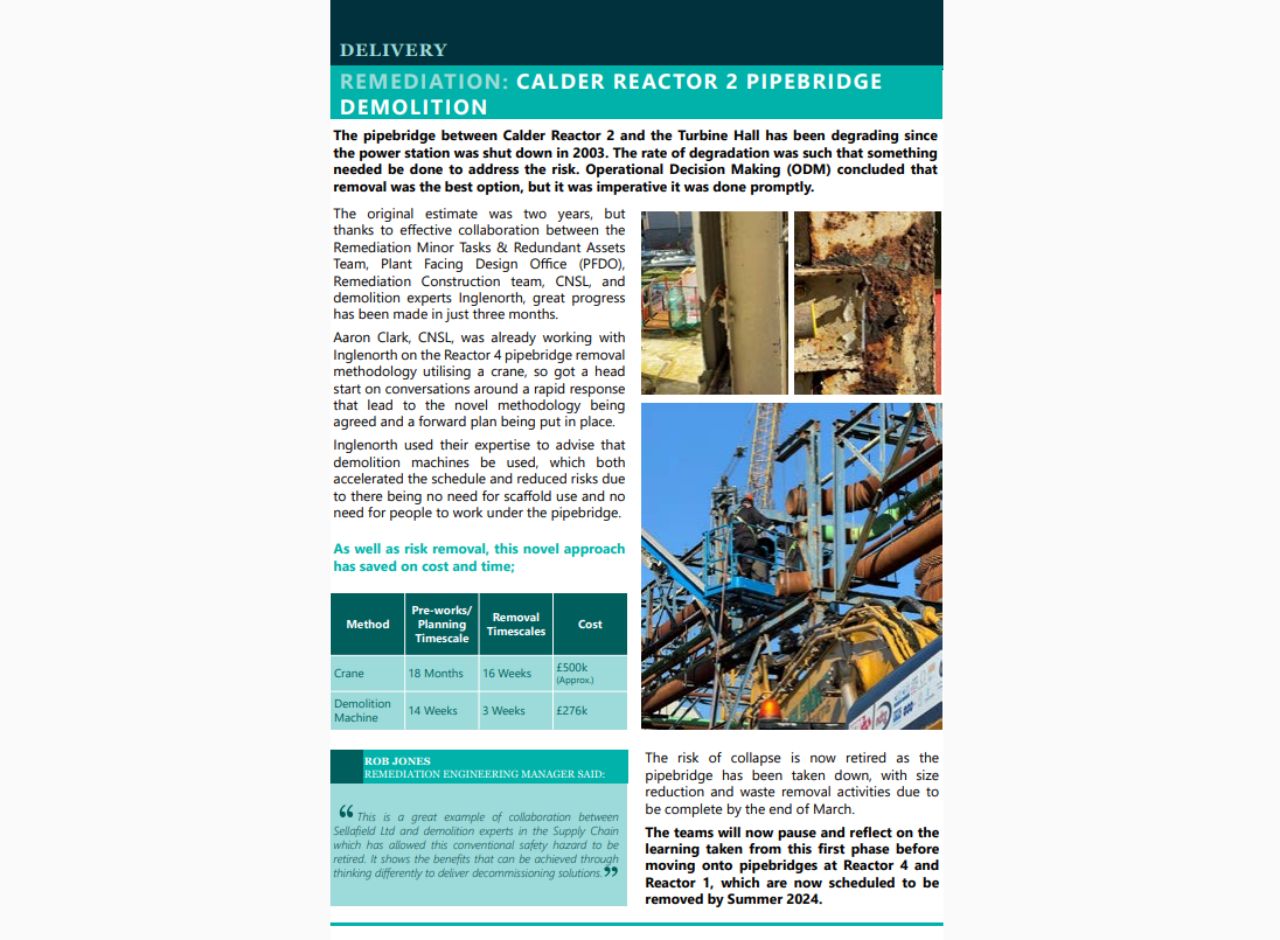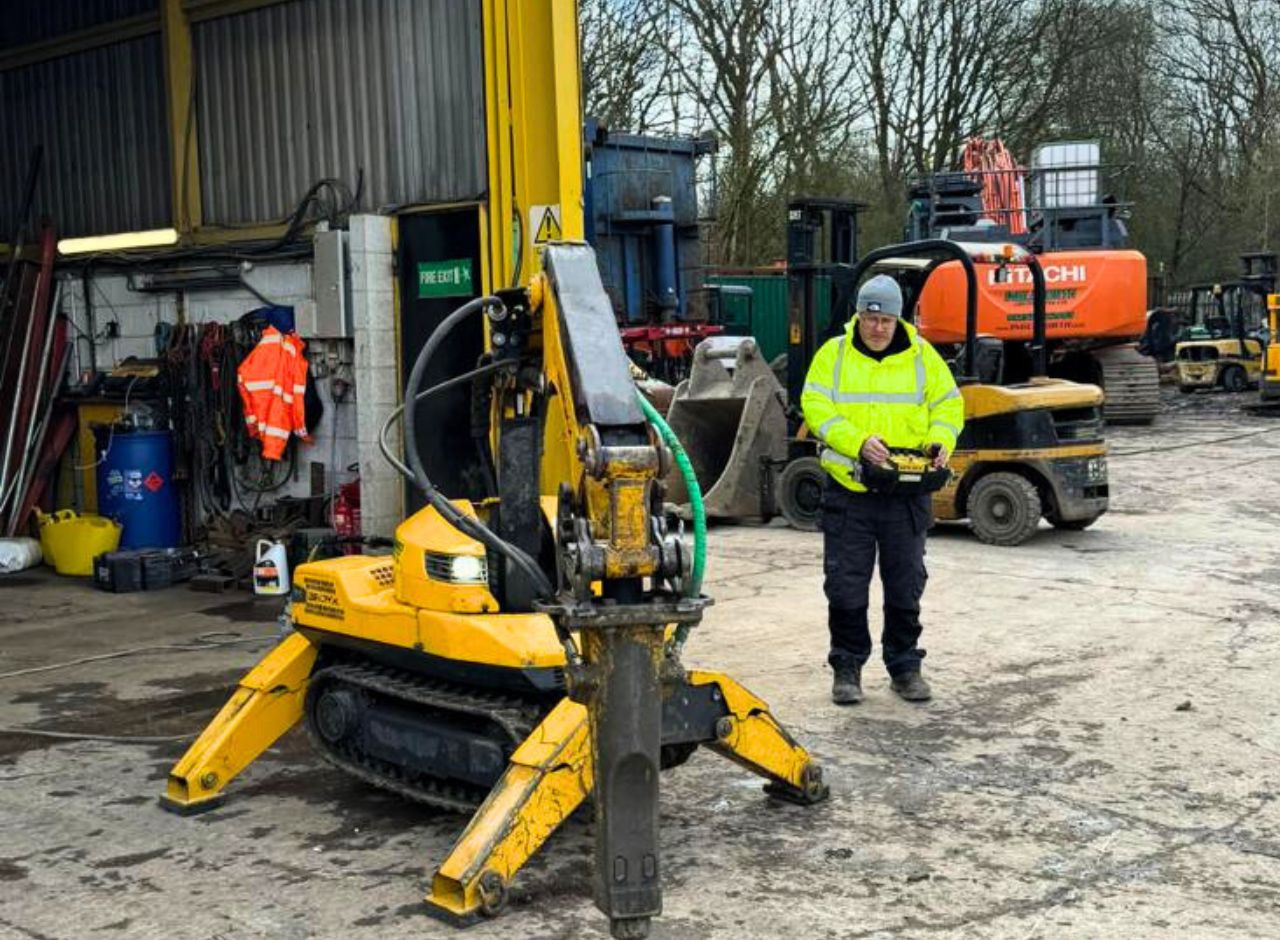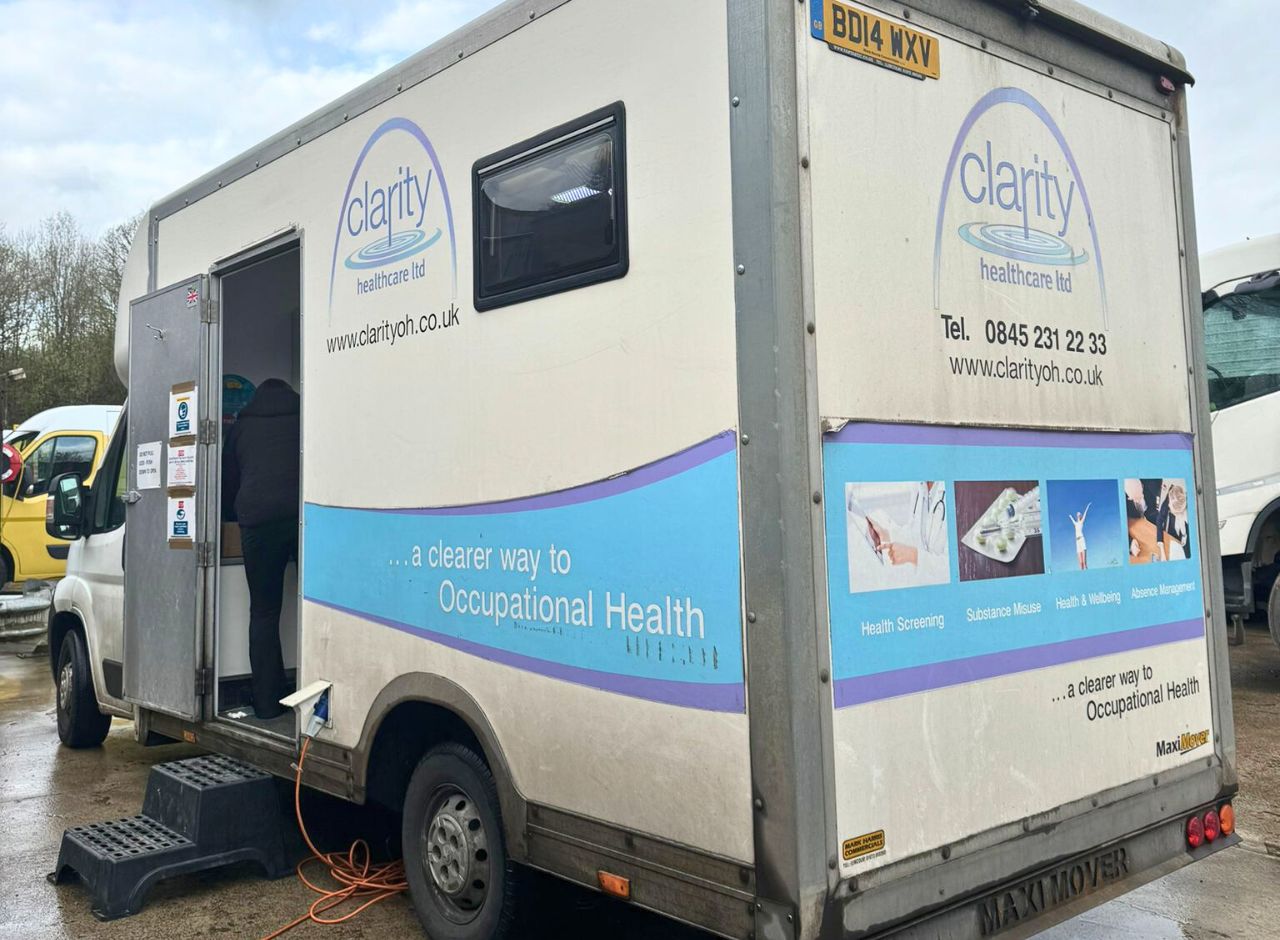Ensuring Safety and Success: A Comprehensive Guide to Demolition Projects

Ensuring Safety and Success: A Comprehensive Guide to Demolition Projects
Introduction
Demolition, dismantling, and structural alteration are essential processes in construction and redevelopment projects. However, these activities come with inherent risks that demand careful planning, expertise, and adherence to safety protocols. In this guide, we will delve into the key aspects of demolition projects, the roles and responsibilities of various stakeholders, and the critical considerations to ensure the safety of workers and the public.
The Importance of Planning and Expertise
The law mandates that all demolition activities must be meticulously planned and executed, working to BS 6187: 2011 codes of practice for demolition and structural refurbishment, by professionals with the necessary skills, knowledge, and experience. This approach aims to prevent potential dangers associated with the process. Key issues that demand attention in any demolition project include:
- Falls from Height: The risk of workers falling from edges, openings, fragile surfaces, and partially demolished floors is a significant concern. Proper assessment and control of these risks are essential.
- Injury from Falling Materials: Uncontrolled collapse of structures and flying debris pose threats to workers and passers-by. A safe system of work, including exclusion zones, barriers, and training, is vital to mitigate these risks.
- Uncontrolled Collapse: Structural integrity assessments considering various factors are crucial. The method statement should outline the sequence of actions to prevent accidental collapse.
- Risks from Connected Services: Gas, electricity, water, and telecommunication services must be isolated or disconnected before demolition. Proper labelling of pipes and cables prevents accidental disturbance.
- Traffic Management: Effective traffic management systems prevent collisions between workers and vehicles on the site.
- Hazardous Materials: Hazardous materials like dust, asbestos, and crystalline silica require special handling. Contaminants on the site should also be addressed.
- Noise and Vibration: Noise can impact communication and safety. Vibrating tools can cause harm and should be managed properly.
- Fire: Hot work during demolition poses a fire risk. An up-to-date fire plan, fire risk assessment, and effective alarm systems are crucial.
- Worker Involvement: Workers’ input in safety decisions is vital for creating a safer work environment.
Roles and Responsibilities
A systematic approach to demolition involves collaboration among various stakeholders, each with distinct responsibilities:
- Clients: Clients must appoint duty-holders with appropriate skills and resources. They need to provide pre-construction information to designers and contractors, including surveys and reports to assess risks.
- Principal Designers: Responsible for managing health and safety issues in the pre-construction phase. They support principal contractors with essential information. The principal designer and designers have a duty to ensure, as far as is reasonably practicable that foreseeable risks to health and safety are identified within then CDM designers risk assessment.
- Principal Contractors: These professionals plan, manage, and monitor health and safety during demolition.
- Site Managers: Supervise workers and ensure adherence to safe practices.
- Sub-contractors and Workers: Follow instructions and plans while prioritising safety.
Addressing Key Concerns
Prevention of Falls from Height: Comprehensive risk assessments, safety equipment like harnesses coupled to lanyards, edge protection, and proper training can prevent falls from heights.
Control measures to prevent injury from falling materials: Exclusion zones, protective barriers, and training are essential to prevent injuries caused by falling debris.
Prevention of Uncontrolled Collapse: Thorough structural surveys prior to commencement of works, temporary works procedures, and method statements ensure the prevention of accidental collapses.
Risks from Connected Services: Proper isolation and labelling of services minimise risks from utilities.
Traffic Management: Effective traffic management systems and equipment like vision aids enhance on-site safety.
Hazardous Materials: Proper handling and disposal of hazardous materials are vital. Adequate protection against dust, asbestos, and other contaminants is necessary.
Noise and Vibration: Mitigation strategies like noise barriers and limiting exposure to vibrating tools protect workers’ health.
Fire: A well-maintained fire plan, appropriate for changing conditions, safeguards against fire hazards.
Worker Involvement: Engaging workers in safety decisions fosters a culture of awareness and responsibility.
Conclusion
Demolition projects are complex and require meticulous planning, adherence to safety protocols, and the expertise of various professionals.
By understanding and addressing the potential risks associated with falls, collapsing structures, hazardous materials, and other concerns, stakeholders can ensure the safety of workers and the public. Through collaborative efforts and a commitment to safety, demolition projects can be successful and injury-free.
Here at Inglenorth we have an impeccable safety record due to the processes we have in place and the high level of skill and training of our workforce. We have worked on the most complex of projects including nuclear, and are able to provide a safe and efficient demolition for our customers.
continue reading
Related Posts
In our ongoing efforts to maintain top-tier demolition safety standards and operational efficiency, six of our team members recently completed a comprehensive training session on the BROKK remote control plant.
In our ongoing efforts to maintain top-tier demolition safety standards and operational efficiency, six of our team members recently completed a comprehensive training session on the BROKK remote control plant.
Inglenorth operatives recently underwent demolition plant operator safety critical medical assessments. Conducted on Friday, 5th April, these assessments aimed to ensure that all personnel met the necessary medical standards for operating plant and machinery.




